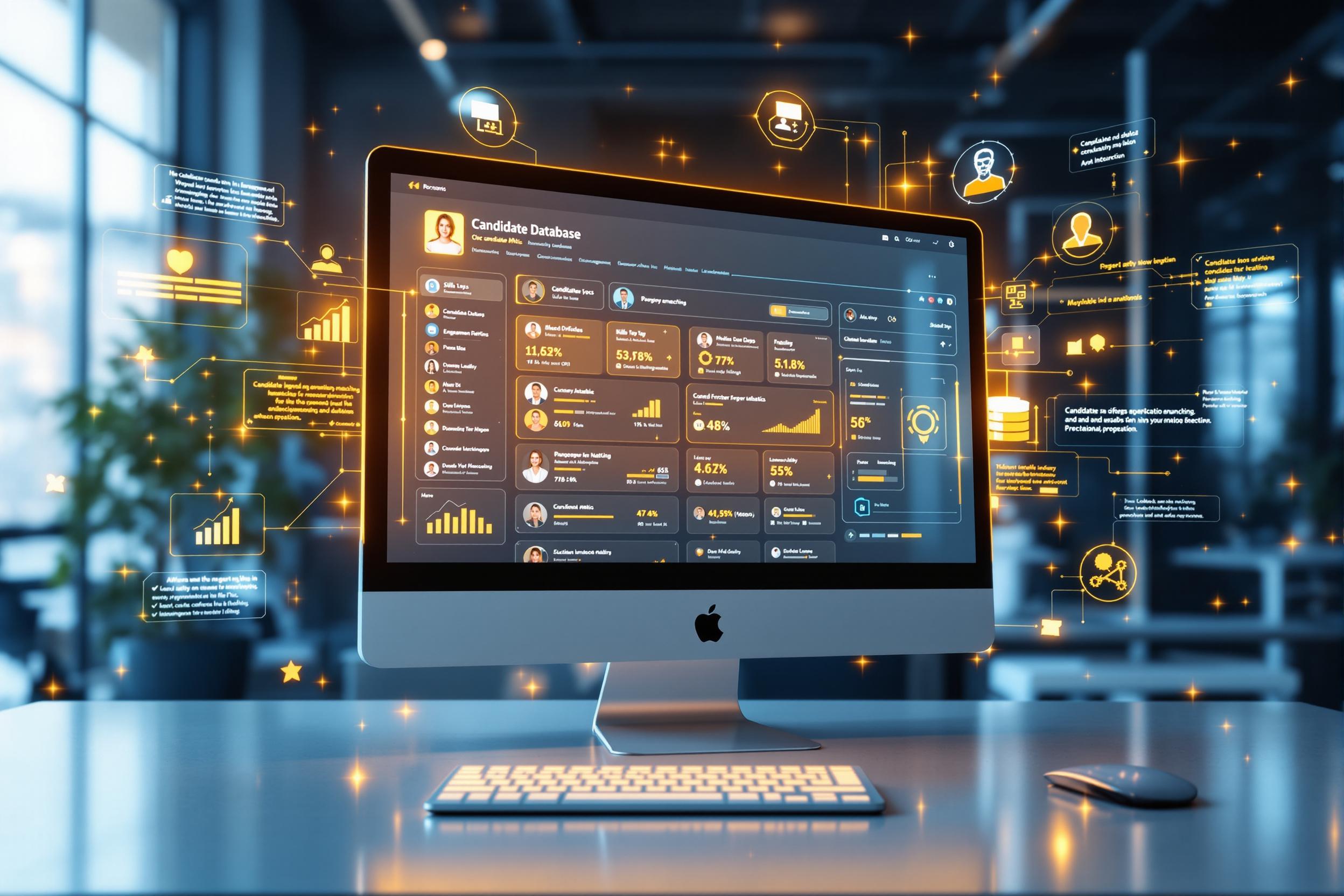
Prime Cost
Prime Cost is a key financial term used in restaurants to track how much it costs to make food and pay staff. It combines the cost of ingredients (food costs) and labor costs. Restaurant managers use this number to make sure they're not spending too much on these major expenses. Think of it as a way to measure if a restaurant is running efficiently - like a health check for the business's main expenses. When someone lists Prime Cost experience on their resume, it usually means they know how to control these important costs and can help make a restaurant more profitable.
Examples in Resumes
Reduced Prime Cost by 15% through menu engineering and staff scheduling optimization
Managed daily Prime Cost tracking for a high-volume restaurant with $3M annual revenue
Trained kitchen staff on Prime Cost control measures and inventory management
Typical job title: "Restaurant Managers"
Also try searching for:
Where to Find Restaurant Managers
Professional Organizations
Job Boards
Learning Resources
Example Interview Questions
Senior Level Questions
Q: How would you develop a strategy to reduce Prime Cost in a struggling restaurant?
Expected Answer: A senior manager should discuss analyzing both labor costs and food costs, implementing inventory control systems, training staff on portion control, optimizing scheduling, and menu engineering. They should mention specific percentages that indicate healthy Prime Costs (typically 55-65% of total sales).
Q: How do you balance Prime Cost control with maintaining quality and customer satisfaction?
Expected Answer: Should discuss strategies like smart scheduling during peak hours, training staff for efficiency, negotiating with vendors while maintaining quality, and using data to make informed decisions about menu pricing and ingredients.
Mid Level Questions
Q: What systems do you use to track Prime Cost on a daily basis?
Expected Answer: Should be able to explain daily sales reports, labor cost tracking methods, inventory management systems, and how they combine these to monitor Prime Cost regularly.
Q: How do you train staff to help control Prime Cost?
Expected Answer: Should discuss training programs for portion control, reducing waste, efficient scheduling, and making staff aware of how their actions impact costs.
Junior Level Questions
Q: What is Prime Cost and why is it important in restaurant management?
Expected Answer: Should be able to explain that Prime Cost is the combination of food costs and labor costs, and why these are the two biggest controllable expenses in a restaurant.
Q: What factors can cause Prime Cost to increase?
Expected Answer: Should identify basic factors like food waste, overstaffing, poor portion control, and ingredient price increases.
Experience Level Indicators
Junior (0-2 years)
- Basic understanding of food and labor costs
- Daily cost reporting
- Staff scheduling
- Basic inventory management
Mid (2-5 years)
- Prime Cost analysis and reporting
- Staff training on cost control
- Inventory control systems
- Menu costing and engineering
Senior (5+ years)
- Strategic cost reduction planning
- Advanced financial analysis
- Vendor relationship management
- Multi-unit cost control
Red Flags to Watch For
- No understanding of basic food cost calculation
- Unable to explain labor cost components
- No experience with inventory management
- Lack of knowledge about industry standard Prime Cost percentages




